Redcoated Ploughboys
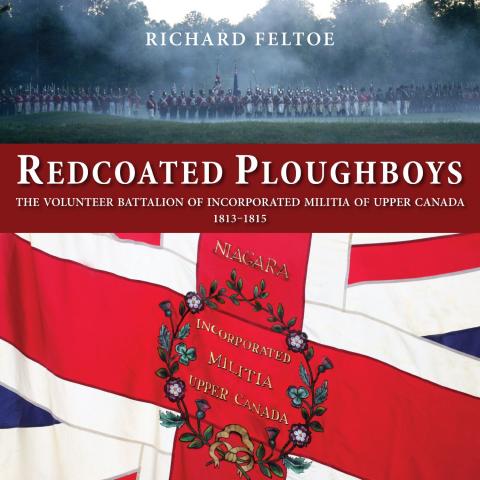
In 1812, the future of British North America hung in the balance as the United States declared war with the avowed goal of conquering the Canadas and removing British influence from the continent forever.
The historic city of Kingston is located where the St. Lawrence river flows into Lake Ontario. Settled by 17th C. explorers to establish a trading hub with Natives, it played a key role in the War of 1812 as a base for the British Naval fleet. Today many of its historic buildings still stand, as well as the beautiful Rideau Canal, which connects Kingston with Ottawa.

In 1812, the future of British North America hung in the balance as the United States declared war with the avowed goal of conquering the Canadas and removing British influence from the continent forever.
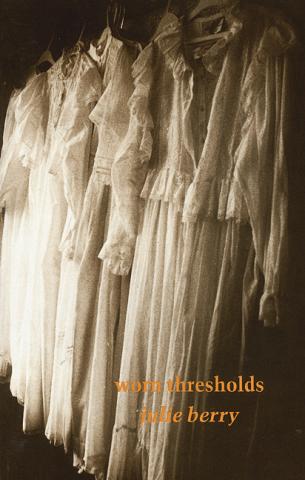
Reading Julie Berry’s poetry means entering a new poetic space, crossing thresholds of pain and delight at once raw and refined. “like marie d’oignies who buried bloody/ mouthfuls of herself/ in the garden/ i need my poems to be like this,” Berry writes in “Touching Ground.” “Like this” is finely-turned and constantly surprising, haunting as plainsong, throaty as the blues.
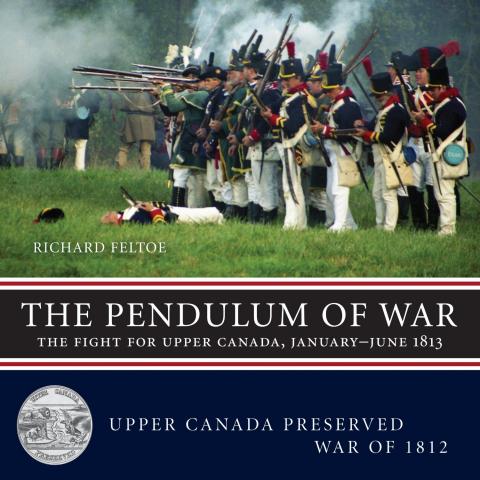
In his second of six books in the series Upper Canada Preserved — War of 1812, author Richard Feltoe continues a battlefield chronicle that combines the best of modern historical research with extensive quotes from original official documents and personal letters, bringing to life the crucial first six months of the 1813 American campaign to invade and conquer Upper Canada. The Pendulum of War documents the course of more than seven major battles and over a dozen minor engagements that were fought on the St.
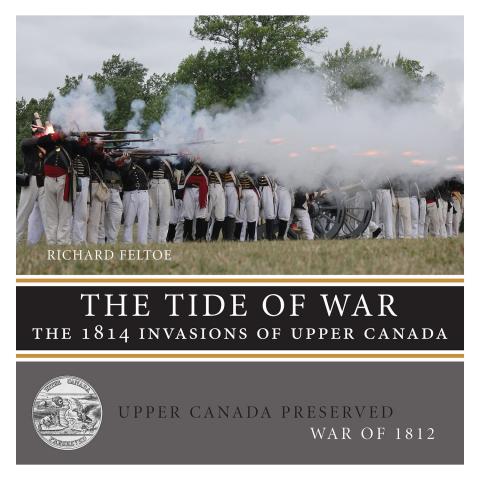
Throughout 1812 and 1813, Upper Canada had been the principle target for a succession of American invasions and attacks. Fortunately they all had been repulsed, but at a high cost in lives and the devastation of property on both sides of the border. By the beginning of 1814, both sides were determined to bring the war to an end with a decisive victory through an escalated commitment of men and military resources.
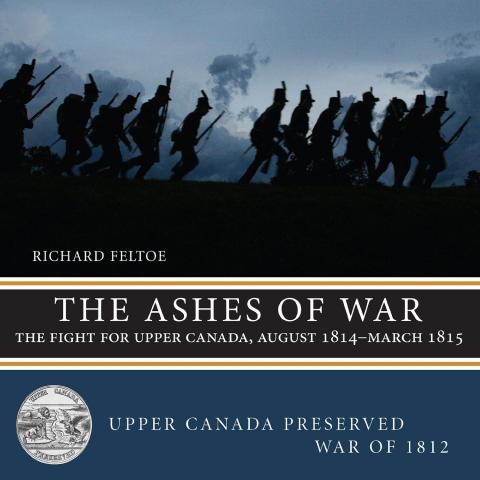
The sixth and final book of the Upper Canada Preserved — War of 1812 series, The Ashes of War examines in detail the closing stages of the war on the Northern Frontier, including the two-month siege of Fort Erie, the engagement at Cook’s Mills, the American attempt to recapture Michilimackinac (Mackinac), the tale of the Nancy, and the American raids into southwestern Upper Canada.
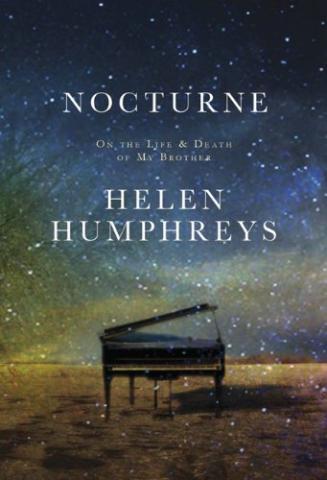
Helen Humphreys’ younger brother was gone before she could come to terms with the fact that he had terminal cancer. Diagnosed with stage 4B pancreatic cancer at the age of forty-five, he died four months later, leaving behind a grieving family. Martin was an extraordinary pianist who debuted at the Royal Festival Hall in London at the age of twenty, later becoming a piano teacher and senior examiner at the Royal Conservatory of Music. The two siblings, though often living far apart, were bonded on many levels.
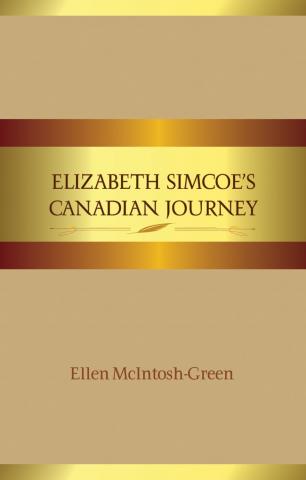
Elizabeth Simcoe was married to first Lt. Governor of Upper Canada John Graves Simcoe. She was a privileged, upper-class, English woman who refused to be left behind in England, therefore travelling with her husband and carving an English society out of what is now recognized as Ontario. Unparalleled by anyone in her time, Elizabeth forged through Lower and Upper Canada, creating one of the most inspiring and tragic stories of Canada.
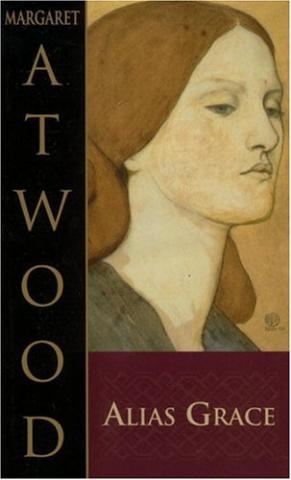
Alias Grace is based on the story of the notorious 1843 murders of Thomas Kinneat and his housekeeper Nancy Montgomery in Upper Canada. While the novel is based on true facts, the perspective is written through the eyes of a fictional doctor, Simon Jordan, who is researching the case. The story follows Jordan's researching of criminal behaviour, but is altered to the attempt to reconcile the truth about the case, and Grace Marks's involvement. Grace Marks and fellow servant of the house, James McDermott, were convicted of the crime.
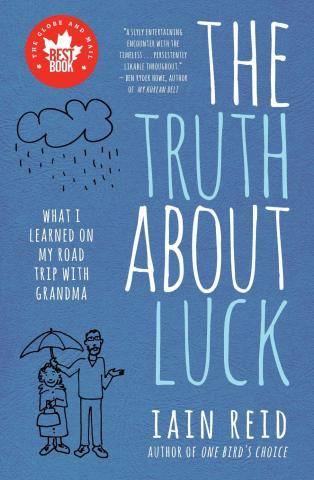
In The Truth about Luck, Iain Reid, author of the highly popular coming-of-age memoir One Bird's Choice, accompanies his grandmother on a five-day vacation -- which turns out to be a "staycation" at his basement apartment in Kingston. While the twenty-eight-year-old writer is at the beginning of his adult life, his ninety-two-year-old grandmother is nearing the end of hers.
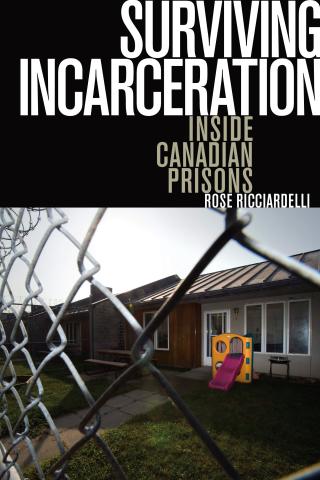
Rose Ricciardelli draws on interviews with almost sixty former federal prisoners to show how their criminal convictions, masculinity, and sexuality determined their social status in prison and, in consequence, their potential for victimization.
The book outlines the modern “inmate code” that governs prisoner behaviours, the formal controls put forth by the administration, the dynamics that shape sex-offender experiences of incarceration, and the personal growth experiences of many prisoners as they cope with incarceration.
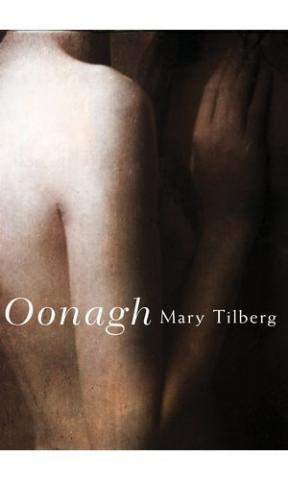
In 1831, eighteen-year-old Oonagh Corcoran emigrates with her sister from southern Ireland to Upper Canada. In the deep folds of cool, green forest off the vast inland sea of Lake Ontario, she believes she has found paradise — only to discover that the New World harbours its own horrible injustices when she meets a fugitive slave from Virginia named Chauncey Taylor.
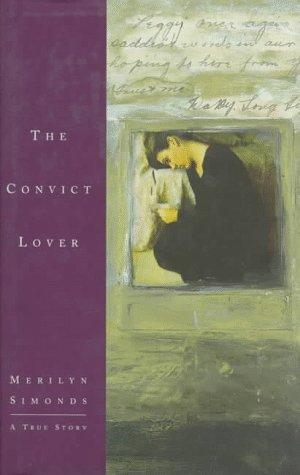
In 1987, Merilyn Simonds happened upon a cache of letters, albums, and clippings in the attic of her house in Kingston, Ontario. Among the overflowing boxes and stuffed sugar sacks was a collection of letters from the months immediately after the First World War.
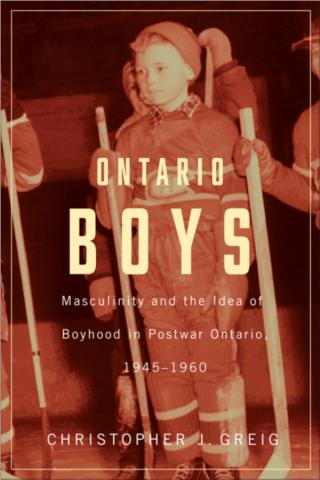
Ontario Boys explores the preoccupation with boyhood in Ontario during the immediate postwar period, 1945–1960. It argues that a traditional version of boyhood was being rejuvenated in response to a population fraught with uncertainty, and suffering from insecurity, instability, and gender anxiety brought on by depression-era and wartime disruptions in marital, familial, and labour relations, as well as mass migration, rapid postwar economic changes, the emergence of the Cold War, and the looming threat of atomic annihilation.
Despite the "green" benefits of rail travel, Canada has lost much of its railway heritage. Across the country stations have been bulldozed and rails ripped up. Once the heart of communities large and small, stations and tracks have left little more than a gaping hole in Canada's landscapes. This book revisits the times when railways were the country's economic lifeline, and the station the social centre.

Learn the history behind this national holiday, celebrating the birth of a nation by Canadians from coast to coast. See the many different ways in which this multi-cultural nation recognizes this occasion with fireworks, music, food, a day-off work, and other special events.
Visit the publisher's website.
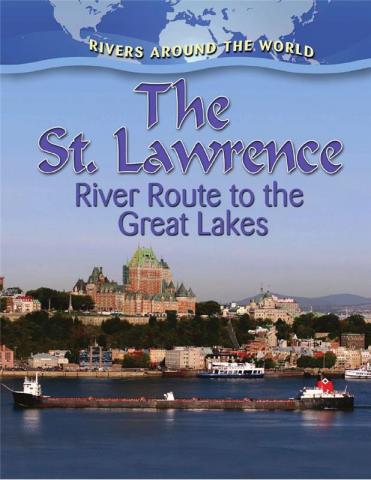
The St. Lawrence River forms part of the boundary between Canada and the United States and connects the Great Lakes with the Atlantic Ocean. This informative book follows this important commercial waterway across the provinces of Ontario and Quebec to where it reaches the Gulf of St. Lawrence.
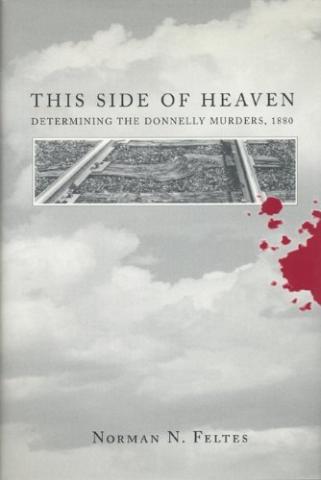
Using a rigorous marxist structuralist methodology, the book draws the reader into a compelling web of economic, social, and geographical structures, showing how human actions, sometimes murderous, arise from forces larger than the individual.
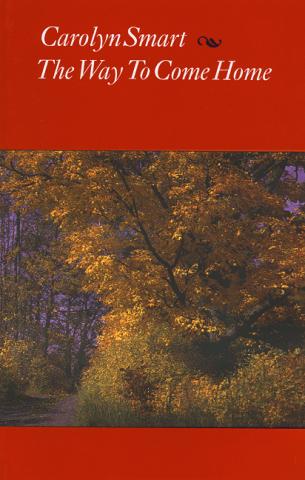
The Way to Come Home is Carolyn Smart’s fourth book of poems. It is a collection that ranges from celebrating the rural landscape north of Kingston, Ontario to re-creating the painful last phase of her friend Bronwen Wallace’s life in a moving sequence titled “The Sound of the Birds.” The volume’s opening sequence, “Cape of Storms,” views the hatred thriving amid the astonishing physical beauty of South Africa while “The woman is bathing” details a journey to Costa Rica that is a journey into the self.
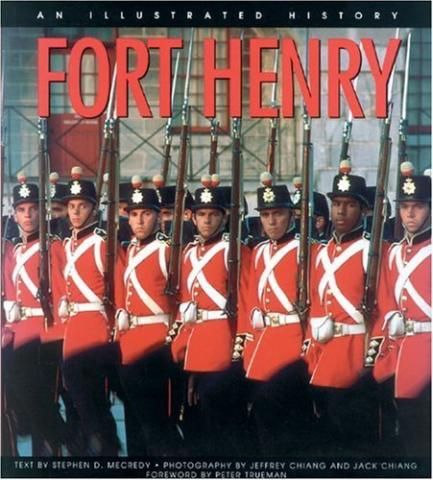
Stephen D. Mecredy tells the story of Fort Henry, the people and events--hangings, escapes, cholera outbreaks--involved in its colourful past.
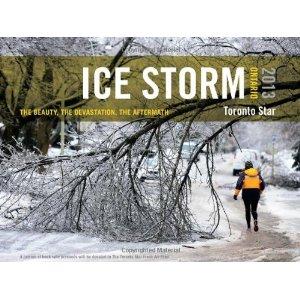
On December 22, 2022 as eastern Canadians were getting ready for the holidays, a bizarre weather system brought crippling freezing rain to central and eastern Ontario, Quebec and New Brunswick. Over 300,000 people lost power in Toronto alone and 70,000 were still without it on Christmas morning. Officials estimate that 40% of power lines in the GTA were affected and more than 20% of Toronto’s tree canopy was destroyed.
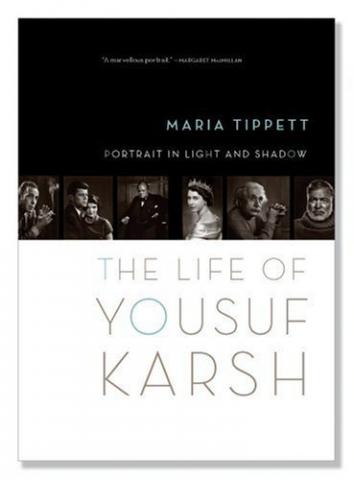
The Life of Yousuf Karsh: Portrait in Light and Shadow tells, for the first time ever, the full story of how a young Armenian immigrant living in Ottawa in the 1930s became the most prominent portrait photographer of the twentieth century. Acclaimed biographer Maria Tippett was granted unprecedented access to the private section of the extensive Karsh archives, and interviewed family members and former colleagues of Karsh (1908-2002).
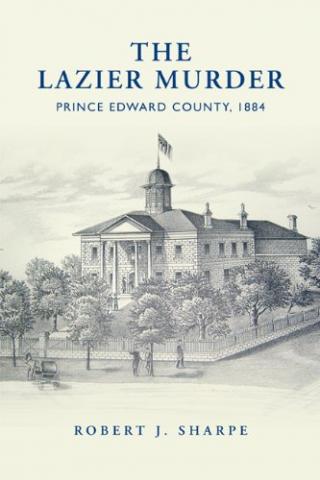
In December 1883, Peter Lazier was shot in the heart during a bungled robbery at a Prince Edward County farmhouse. Three local men, pleading innocence from start to finish, were arrested and charged with his murder. Two of them — Joseph Thomset and David Lowder — were sentenced to death by a jury of local citizens the following May. Nevertheless, appalled community members believed at least one of them to be innocent — even pleading with prime minister John A. Macdonald to spare them from the gallows.
The Call to Arms is the first of six books in the series Upper Canada Preserved — War of 1812. Each book in this battlefield-based chronicle combines the best of modern historical research with extensive quotations from original official documents and personal letters to bring to life this crucial period of Canada's early history. Numerous historical images of locations are counterpointed with comparable modern perspectives to give a true then-and-now effect.
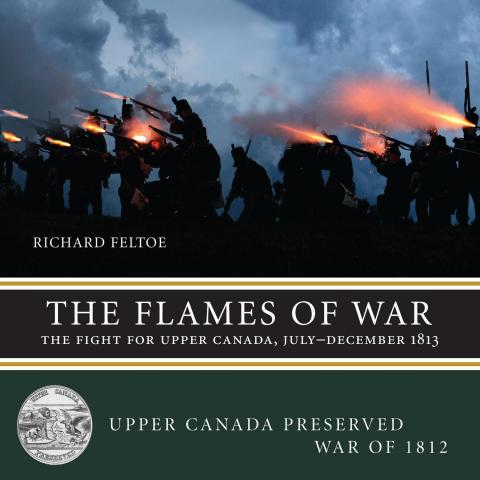
In April 1813 the Americans launched a new campaign to conquer Upper Canada, after their failure to do so in 1812. However, following initial victories, the U.S. assault stalled as a combined force of British regulars, Canadian militia, and Native allies counterattacked, throwing the Americans entirely onto the defensive by the end of June. During the next six months, this seesaw of military advantage was repeated again and again as each side escalated its commitment of men and resources and fought to gain the "final" victory.
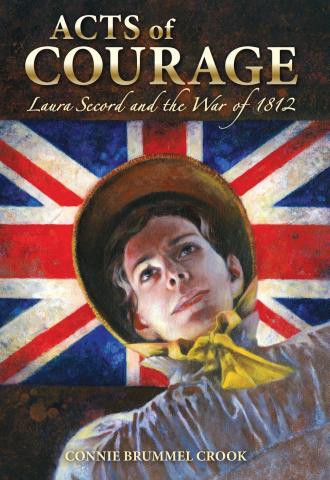
In Acts of Courage, Connie Brummel Crook dramatizes the life of one of Canada’s most enduring heroines, Laura Secord. from young Laura Ingersoll’s early days in Great Barrington, Massachusetts, amidst the turmoil that followed the American Revolutionary War, the story outlines her father’s difficult decision to move his family to Upper Canada.